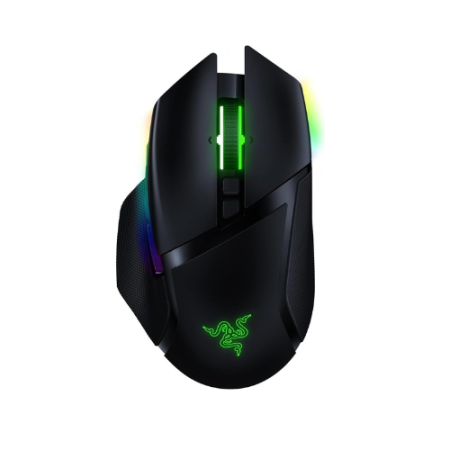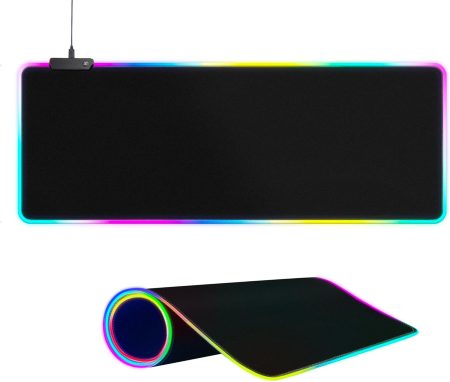Are you getting a blue screen every time you use your computer? A dead CPU can mean lost data, slowed productivity, and serious hardware downtime. That’s bad enough, but what if you were the one who ended up with a dead CPU? How would you know?
No worries! We are here to help. Keep reading to learn what signs your computer gives when a CPU is about to die!
Indicators of a Dying CPU

When it comes to the indicators of a dying CPU that will eventually be dead, there are a few different signs.
• Booting Issues
Booting issues are one of the most common signs of a dying CPU. When you turn on a computer, it goes through an initial power self-test, or BIOS POST as it’s known. This is a procedure that checks out all of your computer’s hardware devices, ensuring that everything is working properly.
If something’s wrong with one of your devices, the POST process will catch it and prevent booting into Windows as usual. So, when you’re booting up your computer and it takes longer than usual or seems like it isn’t even booting up at all, that can be a sign that there’s something wrong with your CPU. However, when a computer is not booting up correctly, it’s also possible that the motherboard is having issues. It could be caused by different things, such as overheating issues or voltage spikes.
It may also be caused by faulty RAM or faulty power supply units (PSU). It’s important to note that if your computer starts but then crashes after you’ve booted into the OS, this isn’t necessarily an indication of failure on the CPU end. Instead, it could mean that something in the OS or other hardware itself is causing the crash.
• Beeping
If you’re a fan of old movies, then you will be familiar with the morse code used by operators in the early days of telephones.
Morse code refers to a method of transmitting messages in short and long beeps on a specific frequency. The BIOS of your motherboard can emit such a beeping signal. But to understand what it is trying to convey; you will need some background knowledge about this form of communication that was popular in the 19th century.
The beeping sound coming from your monitor indicates a specific problem with the system hardware. The codes that appear on the screen help pinpoint what part of the system is causing the issue. But if you’re not sure where to look, consult your motherboard’s user manual for help.
Some motherboards are capable of outputting beeps if there is a problem. However, you may need the help of a speaker if you want to hear these sounds.
• Blue Screen of Death (BSOD)

The Blue Screen of Death, commonly known as BSOD, is one of the most dreaded errors in Windows and can appear at any time on your computer.
While it typically means there’s a problem with your OS, it also means that you may have to face a CPU death soon.
• Screen Freeze
Another indicator is when your computer freezes or crashes while using certain programs or processes.
For example, suppose you’re using an intensive application like Photoshop and suddenly you’re unable to click or drag anything on the screen. It is because everything has stopped responding which could be a sign that something is wrong with your CPU.
It might not necessarily be dead yet but it could be close enough to make things more difficult for you until you get it replaced by professionals!
• Fans Operating on Full Capacity
When your CPU dies, the fans in your computer will continue to run at full power. When you power on your system, the fans have nowhere to regulate themselves.
This can create an extremely loud noise that may last for several seconds before normal operation resumes. If left unregulated, this higher RPM will become audible in most cases when you start up the computer again.
• Automatic Shut Down
If your computer or laptop keeps shutting down on its own, it means that there is something wrong with the power supply or the processor of your device.
Usually, it’s not a serious problem and you can repair it by simply restarting your machine. Or you can change the settings to ensure it doesn’t shut down automatically without any prior warning.
Most people just avoid this issue. But if your computer has started doing that more frequently, then you need to take some action.
Your computer’s CPU might get hampered by a simple problem like overheating. In this case, the system might start with a few automatic shut-offs and then die eventually. If this happens, you need to find the root of the problem.
How to Identify the Exact Issue?
What you should do next is to identify the problem with your computer. If your CPU isn’t the problem, one of your other components is likely the cause. So, if you see these symptoms, it is time to start hunting for the culprit.
1. Visible Damage
If your computer is acting weird, the first thing you can check is if there was any kind of electrostatic discharge or power surge. Any impact like a scorch mark around the processor socket on your motherboard will be visible to the naked eye.

2. Sound
Plug in your motherboard (having a beep code speaker) and listen for a series of beeps that indicate the components you have installed have been detected and are malfunctioning.
One beep shows there’s a problem with the system’s memory while two beeps is a sign that the motherboard is a culprit. And, if there is no beep, your CPU is not working properly. If you don’t have such a motherboard, you can buy a standalone beep code speaker from the market.
3. Connect to a Different Computer
If your testing computer works perfectly, with no glitches and no overheating problems, when you connect it to your CPU, then this pretty much tells you that the CPU isn’t faulty.
Wrap Up!
So how to tell if your CPU is dead? Your CPU is dead if you are experiencing the issues we have mentioned above. Generally, you’d keep getting the same error messages, or else random parts of the system would just stop working until eventually, everything stops.














